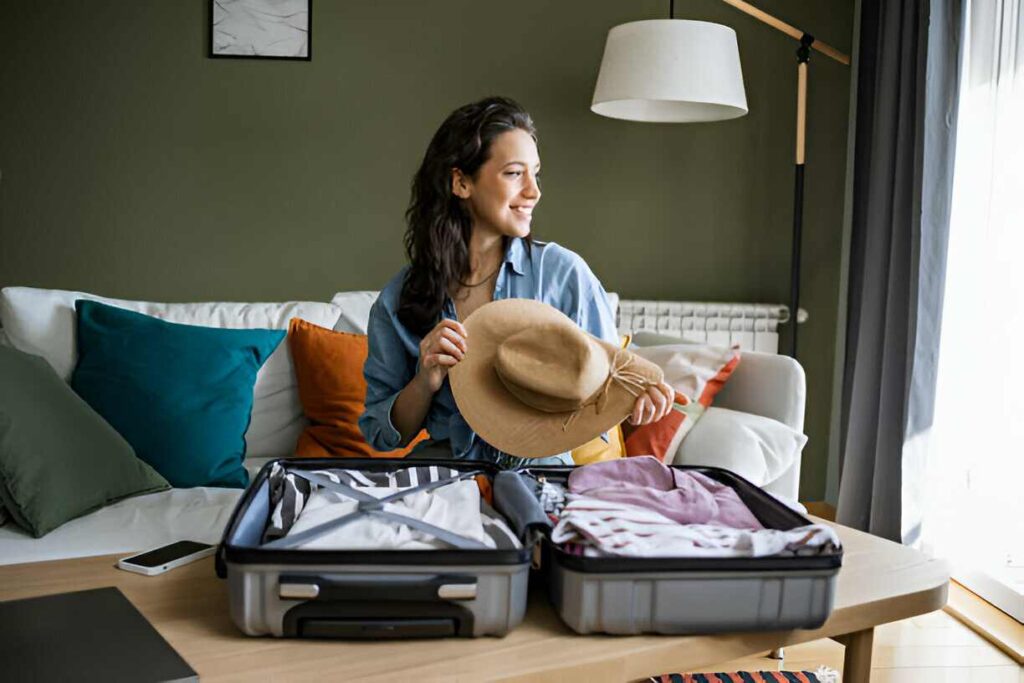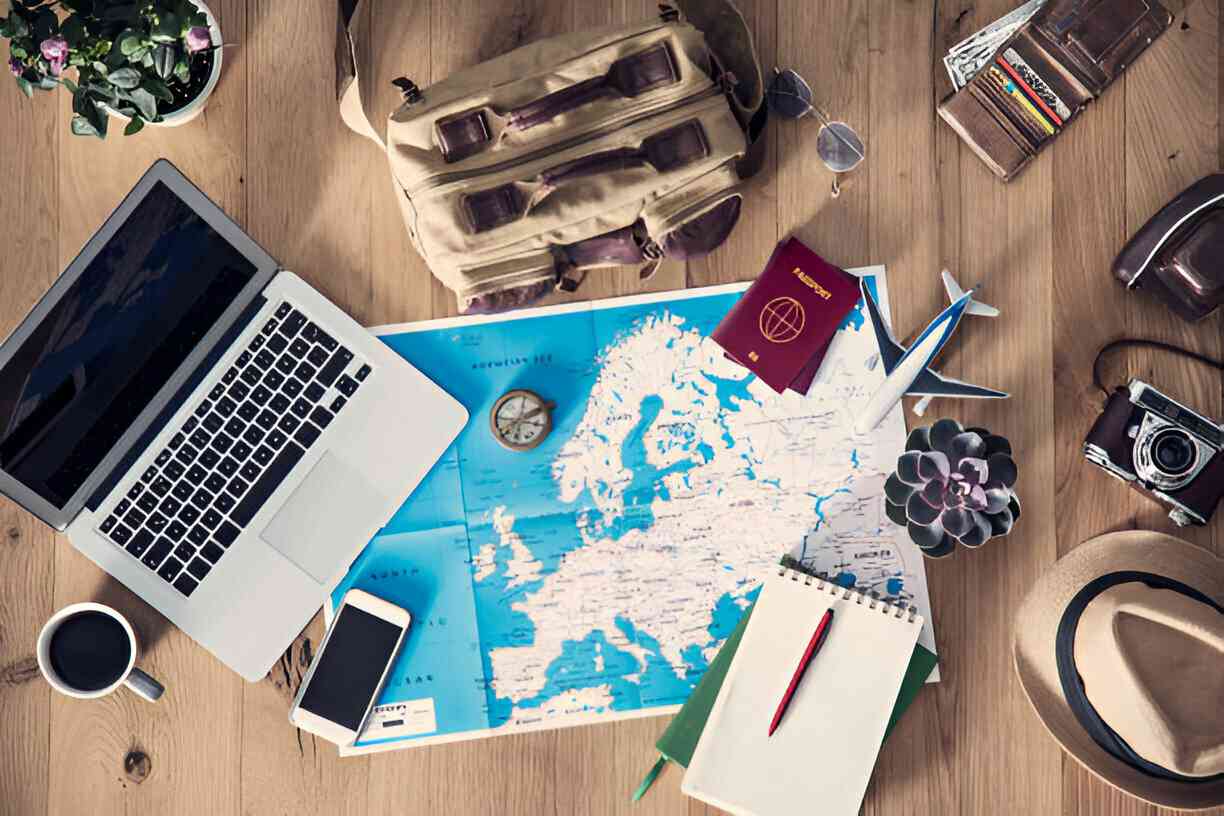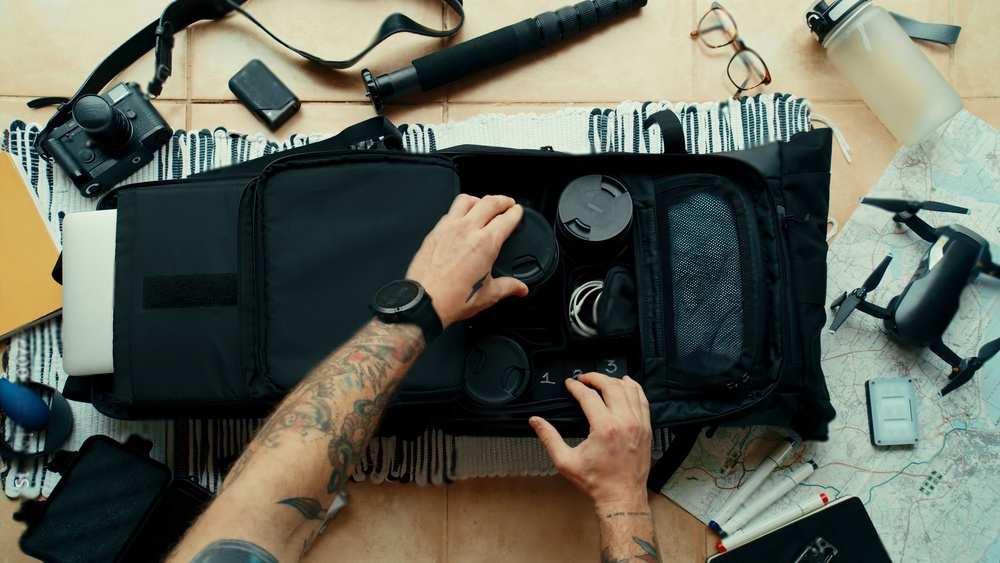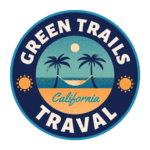In the world of travel, having the right gear can make or break your adventure. If you’re a seasoned globetrotter or a first-time explorer, knowing what to look for is crucial. And, knowing what to avoid when buying travel gear is even more important. This guide covers common pitfalls, smart buying tips, and key considerations. It will help you be ready for your next journey.
Common Pitfalls in Travel Gear Shopping
Overlooking Quality for Price
One of the most frequent mistakes travelers make is prioritizing price over quality. It’s tempting to choose the cheapest option. But, this choice often leads to disappointment and extra costs later.
Why cheap isn’t always best:
- Low-quality gear tends to wear out quickly, requiring frequent replacements.
- Inferior materials may not withstand the rigors of travel.
- Cheap gear often lacks essential features that enhance comfort and convenience.
- Poor construction can lead to failures at critical moments.
Long-term costs of low-quality gear:
- Replacement costs
- Potential travel disruptions due to gear failure.
- Decreased enjoyment of your trip remains unchanged as it is grammatically correct.
- Possible safety risks in extreme conditions.
To strike the right balance between affordability and durability, consider the following:
- Research brands known for their quality (e.g., Lifeventure, Osprey, Eagle Creek)
- Look for warranties and guarantees.
- Read user reviews from experienced travelers.
- Consider the cost per use rather than just the upfront cost.
“Buy nice or buy twice.” – Unknown
Case Study: The True Cost of Cheap Luggage
Sarah is a budget-conscious traveler. She chose a $50 suitcase for her three-week European tour. By the end of the first week, the wheels had broken, and the zipper was failing. She ended up spending an extra $150 on a new suitcase mid-trip. Plus, she lost time and felt stress while shopping for a replacement. Had she invested in a $200 quality suitcase, she would have saved money and hassle in the long run.
Ignoring Weight and Size Considerations
One cannot overstate the importance of lightweight and compact gear. Excess weight can lead to:
- Increased baggage fees
- Physical strain and fatigue.
- Limited mobility during your travel.
- Difficulty complying with airline restrictions
Tips for choosing space-efficient items:
- Opt for multi-functional gear.
- Look for collapsible or inflatable items.
- Choose lightweight materials like microfiber or advanced fabrics (e.g., X-Pac)
- Use packing cubes to maximize space and organization.
Weight Comparison of Popular Travel Items:
| Item | Standard Weight | Lightweight Alternative | Weight Savings |
| Suitcase | 4-5 kg | 2-3 kg | Up to 2 kg |
| Daypack | 500-700g | 200-300g | Up to 500g |
| Travel Towel | 500g | 100g (microfiber) | Up to 400g |
| Water Bottle | 200g | 30g (collapsible) | Up to 170g |
Falling for Unnecessary Features

In the world of travel gear, more features don’t always equate to better functionality. Overengineered products often come with:
- Higher price tags
- Increased weight
- Complexity that can lead to frustration
- Features that remain unused throughout the trip
Focus on functionality over flashiness:
- Identify your core needs for each piece of gear
- Prioritize simplicity and ease of use
- Avoid gimmicky features that you’re unlikely to use
- Consider how each feature adds to the overall weight and bulk
Examples of Unnecessary Features to Avoid:
- Built-in speakers in luggage
- Overly complex multi-tools with rarely used attachments
- Travel pillows with massage functions
- Excessive compartments in daypacks that add weight without utility
Smart Tips for Buying Travel Gear
Research and Read Reviews
Thorough product research is the foundation of smart travel gear purchases. Here’s how to approach it:
- Consult expert review sites like OutdoorGearLab and Wirecutter
- Read user reviews on e-commerce platforms like Amazon and REI
- Participate in travel forums and communities for real-world insights
- Watch video reviews on YouTube for visual demonstrations
- Visit physical stores to handle products before purchasing online
Key aspects to look for in reviews:
- Durability over time
- Performance in various conditions
- Comfort and ease of use
- Value for money
- Customer service experiences
Consider Your Travel Style
Your gear should match your specific travel needs. Consider:
- Destination climate and terrain
- Duration of your trips
- Types of activities you’ll be engaging in
- Your personal preferences and comfort levels
Different gear requirements for various types of trips:
| Trip Type | Key Gear Considerations |
| Beach Vacation | Waterproof gear, sun protection, quick-dry clothing |
| Urban Exploration | Secure, stylish bags; comfortable walking shoes; theft-proof accessories |
| Backpacking | Ultralight, multi-functional equipment; durable, easy-to-clean clothing |
| Business Travel | Professional-looking, organized luggage; wrinkle-resistant clothing |
| Winter Sports | Insulated, waterproof gear; layering options; specialized equipment |
Prioritize Durability and Reliability
When assessing gear durability, look for:
- High-quality zippers and closures (YKK zippers are often a good sign)
- Reinforced stitching and stress points
- Weather-resistant materials (e.g., ripstop nylon, Gore-Tex)
- Robust construction techniques, such as double stitching or barracking.
Brands known for reliable travel gear:
- Lifeventure
- Osprey
- Eagle Creek
- Patagonia
- The North Face
- Peak Design
Durability Features to Look For:
- Water-resistant or waterproof materials
- Abrasion-resistant fabrics
- Corrosion-resistant hardware
- UV-resistant materials for sun protection
- Antimicrobial treatments for odor control
Test Before You Travel
Always try out your gear before embarking on your trip. Here’s how:
- Wear new shoes for extended periods, including on various terrains.
- Pack and unpack your luggage several times to familiarize yourself with its features.
- Test electronic devices and adapters to ensure compatibility.
- Use camping gear in your backyard or local park to simulate travel conditions.
- Wear travel clothing in everyday situations to assess comfort and functionality.
Pre-Trip Gear Testing Checklist:
- Break in your new shoes.
- Test all zippers and closures on the bags.
- Ensure electronics are compatible with travel adapters.
- Check the fit and comfort of all clothing items.
- Verify the functionality of any specialized equipment (e.g., camping stoves, water filters)
Essential Travel Gear to Invest In

Quality Luggage and Bags
When selecting luggage, prioritize:
- Durability
- Weight
- Organizational features
- Maneuverability (for wheeled luggage)
- Comfort (for backpacks and daypacks)
The Lifeventure X-Pac collection offers excellent options that combine durability with smart design. Other good brands include Tortuga for carry-on backpacks. Away is for stylish hard-side luggage.
Key Features of Quality Luggage:
- Sturdy wheels with smooth bearings.
- Telescoping handles with multiple height settings.
- Water-resistant or water-proof materials
- Interior compression straps or systems.
- Multiple compartments for organization.
- Lockable zippers for security
Travel-Specific Clothing
Ideal travel clothing should be:
- Versatile (able to be dressed up or down)
- Quick drying
- Wrinkle-resistant
- Odor-resistant
- Lightweight and packable
Avoid common clothing pitfalls like:
- Overpacking bulky items.
- Choosing fabrics that wrinkle easily.
- Neglecting cultural dress norms of the destination
- Packing items that require special care or dry cleaning.
Recommended Travel Clothing Brands:
- ExOfficio for versatile, quick-dry options
- Unionbay for wrinkle-free business attire.
- Icebreaker for merino wool base layers.
- prAna for sustainable and durable activewear
Tech and Gadgets
Essential travel tech includes:
- Universal power adapter (like the Epicka Universal Travel Adapter)
- Portable charger (consider the Anker PowerCore 10000)
- Noise-cancelling headphones (such as Sony WH-1000XM4)
- Compact camera or smartphone with good camera capabilities.
E-reader for avid readers (like the Kindle Paperwhite)
Tip: Avoid packing rarely used gadgets that add unnecessary weight and complexity to your travels.
Tech Packing List for Different Traveler Types:
| Traveler Type | Essential Tech | Optional Tech |
| Digital Nomad | Laptop, portable monitor, external hard drive | Portable router, VPN device |
| Photography Enthusiast | DSLR/Mirrorless camera, extra lenses, tripod | Drone, GoPro |
| Minimalist | Smartphone, portable charger | Compact point-and-shoot camera |
| Family | Tablet for entertainment, portable game console | Portable DVD player, kids’ headphones |
What to Avoid When Buying Travel Gear

Over-Specialized Equipment
Unless you’re going on an adventure that needs special gear, choose versatile items. They serve multiple purposes. For example, instead of packing a bulky DSLR camera, consider a high-quality point-and-shoot. Or, rely on your smartphone’s camera.
Examples of Over-Specialized Gear to Reconsider:
- Language translation devices (use smartphone apps instead)
- Portable espresso makers (unless you’re a serious coffee aficionado)
- Specialized sports equipment for one-time activities
- Bulky travel pillows (opt for inflatable versions)
Ignoring Local Availability
Before packing every imaginable item, research what’s readily available at your destination. This approach can help you:
- Pack lighter
- Save luggage space
- Potentially save money
- Support local economies
Items often better purchased locally include:
- Toiletries
- Certain clothing items
- Snacks and food supplies
- Souvenirs and gifts
Tip: Use websites like Numbeo to research local prices and availability of common items at your destination.
Neglecting Travel Insurance
While not a physical piece of gear, travel insurance is an essential part of your travel toolkit. Common misconceptions include:
- “My credit card provides sufficient coverage”
- “I’m healthy, so I don’t need medical coverage”
- “Travel insurance is too expensive”
- “I can handle any emergencies out of pocket”
Travel insurance can bring peace of mind. It also provides financial protection against unexpected events. Visit World Nomads or Allianz Travel Insurance for more info. They have info on travel insurance options.
Key Components of Comprehensive Travel Insurance:
- Trip cancellation and interruption coverage
- Emergency medical and dental coverage
- Emergency evacuation and repatriation
- Baggage loss and delay compensation
- 24/7 worldwide assistance
Conclusion
Choosing the right travel gear is a crucial step in ensuring a smooth and enjoyable journey. Avoid common pitfalls. Focus on quality and functionality. Invest in essential items. Then, you’ll be prepared for any adventure. Remember, the best gear meets your needs. It enhances your travel but doesn’t weigh you down.
As you prepare for your next trip, keep these tips in mind. Consider exploring reliable brands like Life venture. They understand and cater to the diverse needs of modern travellers. By choosing good travel gear, you’re investing in the quality of your trips. You’re also setting yourself up for memorable adventures around the world.
Remember, the goal isn’t to have the most gear. It’s to have the right gear. This gear lets you focus on what matters. That is, you immerse yourself in new cultures. You create lasting memories and enjoy the journey. Happy travels!
